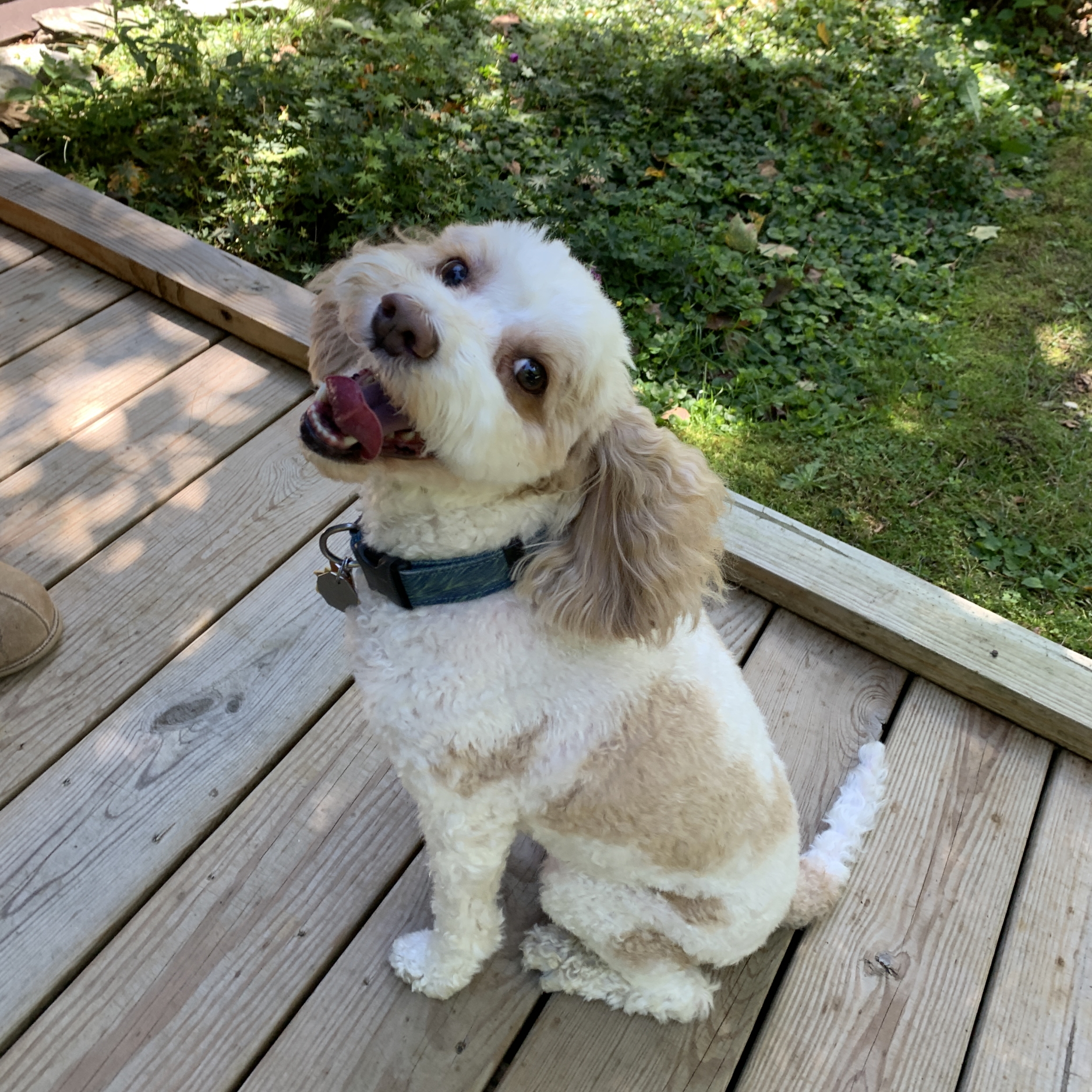 As our pets age, their bodies change in many ways. Just like humans, senior pets may experience a decline in their bodily functions, and one common issue pet owners face is incontinence. Incontinence refers to the involuntary loss of control over bladder or bowel movements. While this can be distressing for both the pet and the owner, it’s important to understand that incontinence is often a natural part of the aging process, and there are many ways to manage it with care and compassion.
As our pets age, their bodies change in many ways. Just like humans, senior pets may experience a decline in their bodily functions, and one common issue pet owners face is incontinence. Incontinence refers to the involuntary loss of control over bladder or bowel movements. While this can be distressing for both the pet and the owner, it’s important to understand that incontinence is often a natural part of the aging process, and there are many ways to manage it with care and compassion.
Causes of Incontinence in Senior Pets
Incontinence in older pets can result from several factors. Understanding the underlying cause is the first step in finding the appropriate solution. Some common reasons for incontinence in senior pets include:
- Muscle Weakness: As pets age, the muscles that control bladder and bowel functions may weaken, leading to a loss of control.
- Hormonal Changes: In spayed female dogs, hormone-responsive incontinence is a common occurrence. The reduction of estrogen can cause the sphincter muscle to weaken, leading to urinary leakage.
- Urinary Tract Infections (UTIs): Senior pets are more susceptible to UTIs, which can lead to frequent urination and difficulty urinating.
- Cognitive Dysfunction: Senior pets may develop cognitive issues, similar to those experienced by humans with dementia, which can result in confusion and forgetfulness regarding their bathroom habits.
- Chronic Health Conditions: Conditions like kidney disease, diabetes, or spinal cord problems can also lead to incontinence. These health issues may cause increased thirst, urination, or a lack of mobility, making it harder for pets to reach their designated bathroom areas.
- Neurologic Dysfunction: Multiple causes exist for decreased sensation and control. Think of it as a lack of communication from the bladder and/or bowel to the brain.
Solutions and Management Strategies
While dealing with incontinence can be challenging, there are several ways to help manage it and maintain your pet’s comfort and dignity. Here are some effective strategies to consider:
- Consult Your Veterinarian: The first step in addressing incontinence is a visit to the vet. Your veterinarian will conduct tests to rule out underlying health issues, such as infections or chronic diseases. They may also prescribe medications to help with bladder control or recommend therapy for spayed females with hormone-responsive incontinence.
- Incontinence Pads and Diapers: For pets with persistent incontinence, pet diapers or incontinence pads can be a simple yet effective solution. These products come in various sizes and styles, designed for both dogs and cats, and they help prevent accidents from soiling your home. It’s important to change these frequently to avoid skin irritation or infections. Using products made for people with incontinence can be a game changer. These products are usually not that expensive, and lining a doggy diaper with Depend or Poise pads can be an effective way to keep your dog sanitary and your home clean.
- Frequent Bathroom Breaks: If your senior pet is still mobile, taking them outside or to their litter box more often can reduce the chances of accidents. Regularly scheduled bathroom breaks, especially after meals or naps, can help them maintain better control over their bladder.
- Waterproof Bedding and Furniture Covers: For pets that sleep on your furniture or bed, waterproof covers are a must. They help protect your belongings and can be easily washed. Providing your pet with a cozy bed that has washable and absorbent materials is another great way to keep them comfortable. Protective pads can either be washable or disposable.
- Maintain Hydration: While it may be tempting to limit water intake to reduce accidents, your pet must stay adequately hydrated. Dehydration can worsen their overall health, especially in senior pets. Instead, work on creating a routine around their water intake and bathroom breaks.
- Medications and Supplements: In some cases, your vet may prescribe medications that help with bladder control. There are also natural supplements, such as cranberry extract, that can support urinary tract health.
Emotional and Practical Support for Pet Owners
Dealing with an incontinent pet can be emotionally taxing. Pet owners may feel overwhelmed by the frequent cleaning, the worry over their pet’s health, and the challenges of maintaining a clean home. It’s essential to remember that your pet isn’t at fault and isn’t intentionally causing accidents. Patience and understanding are key in these situations.
Seeking support from your vet, friends, or even online pet communities can provide helpful tips and emotional relief. Some owners may feel isolated dealing with their pet’s incontinence, but many have gone through similar experiences and can offer advice or empathy.
Most importantly, never lose sight of your pet’s dignity. They deserve care and compassion in their senior years. With the right approach, you can manage incontinence while ensuring your beloved pet remains comfortable, happy, and cared for.
Incontinence is a common issue for senior pets, but it doesn’t have to be overwhelming. By understanding the causes, exploring treatment options, and making small adjustments in your home, you can support your aging pet through this phase of life. With the right care, patience, and love, you can help them maintain their dignity while ensuring a comfortable and peaceful environment. If you would like to schedule a telemedicine appointment to discuss your pet, please call our office at (802) 871-2329.
